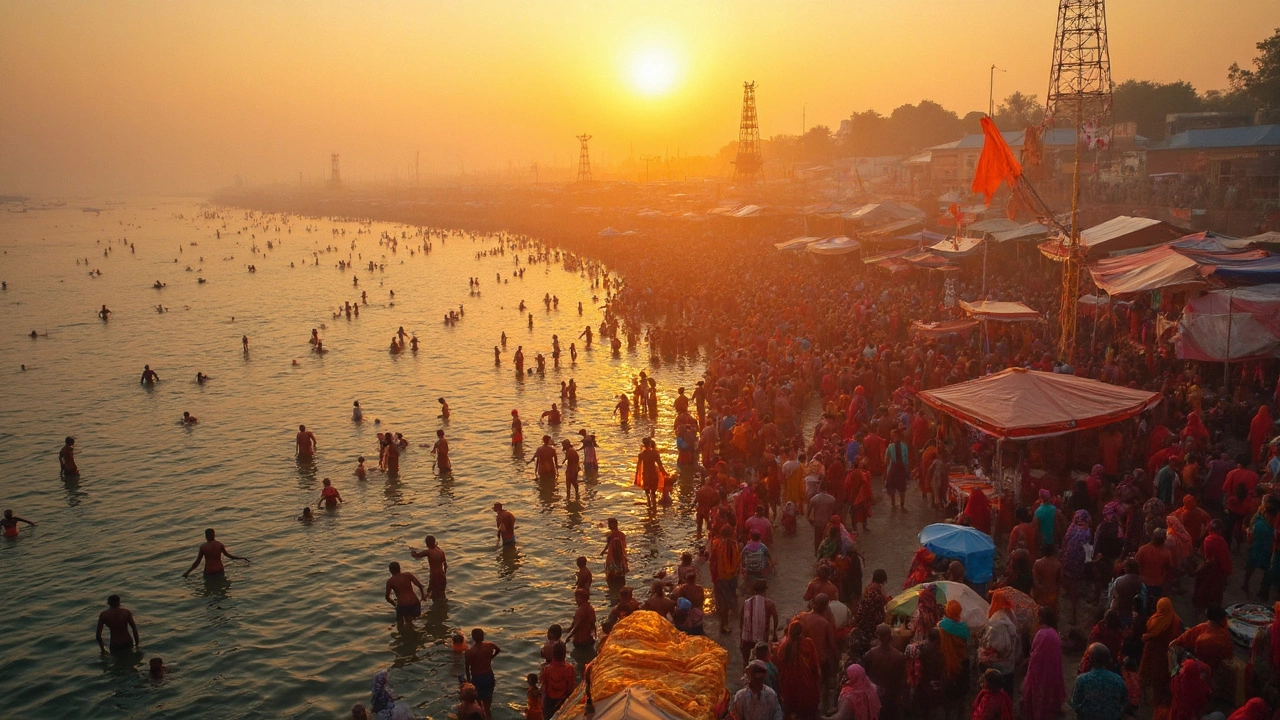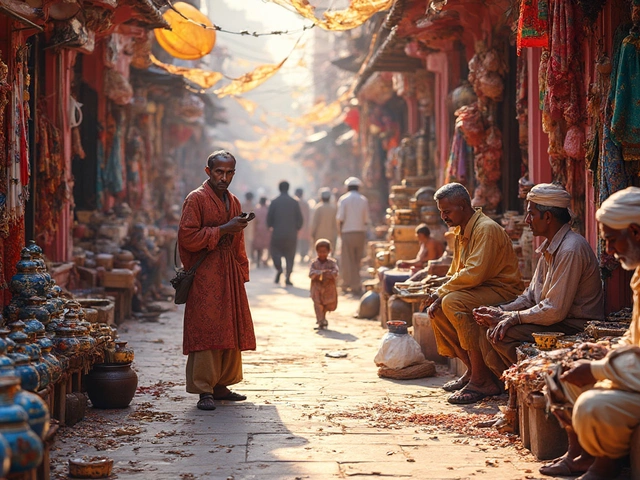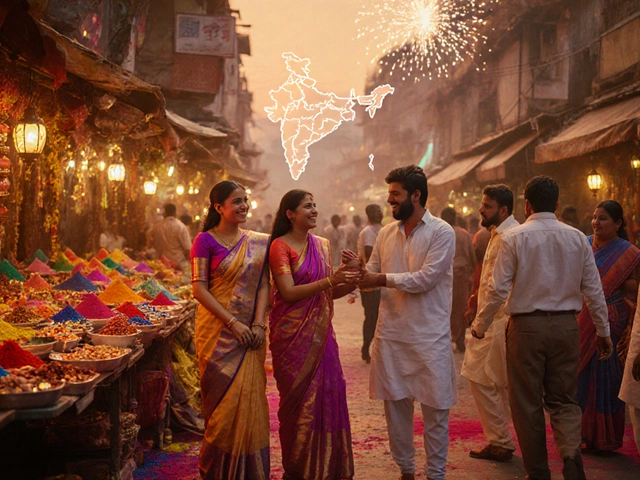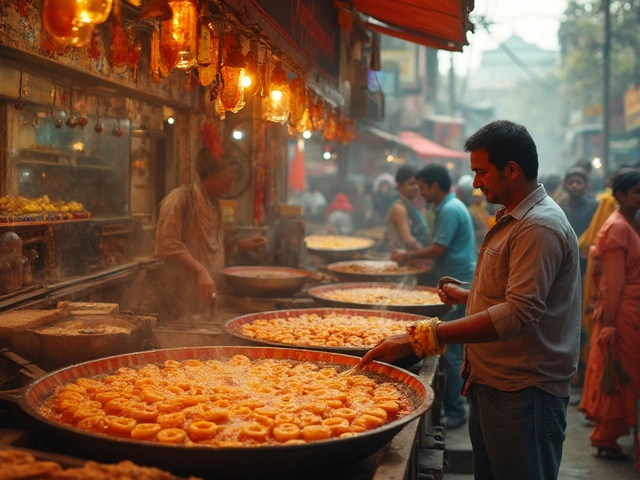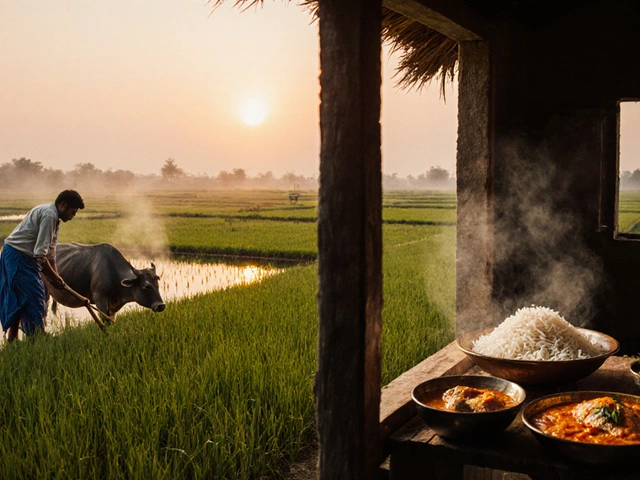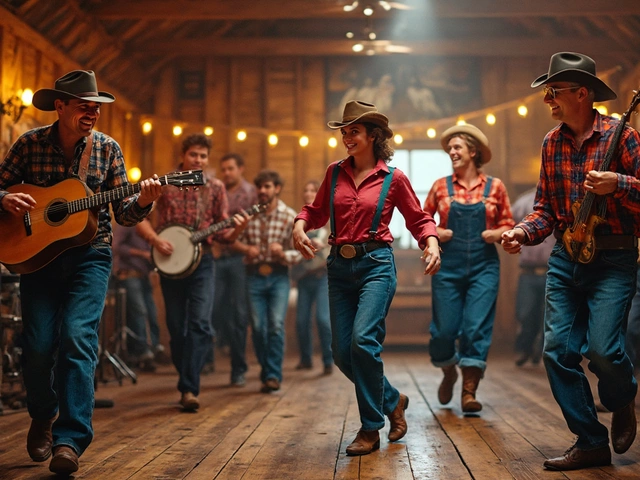Festivals in India: Celebrations That Define a Nation
When you think of Festivals in India, large-scale cultural and religious gatherings that blend devotion, community, and tradition. Also known as Indian celebrations, these events are the heartbeat of daily life across the country. They’re not just dates on a calendar—they’re moments when cities stop, families gather, and millions walk together in shared purpose. Whether it’s a quiet morning prayer or a roaring procession with drums and fire, these festivals carry stories older than modern borders.
Take the Kumbh Mela, the world’s largest human gathering, held at sacred river confluences every few years. It’s not just about bathing in holy water—it’s about logistics on a scale no other event matches: temporary cities with millions of tents, mobile hospitals, and food lines feeding entire populations. Then there’s Dussehra, a 10-day festival that dramatizes the victory of good over evil through fire, music, and epic tales of Rama and Ravana. In some places, it ends with giant effigies burning in the night; in others, it’s quiet temple rituals and family feasts. Both events show how deeply religion, history, and local identity are woven into the same fabric.
What makes these festivals stick? It’s not just tradition—it’s participation. You don’t watch them from the sidelines. You join the crowd, eat the food, hear the chants, and feel the energy. These aren’t performances for tourists. They’re lived experiences passed down through generations, where every drumbeat, every color, every offering has meaning. And while cities grow, phones buzz, and lifestyles change, these festivals remain unchanged in their core: community, faith, and collective joy.
Below, you’ll find real stories from people who’ve been there—whether they traveled thousands of miles to witness Kumbh Mela’s chaos, or spent ten days in their village preparing for Dussehra’s final night. These aren’t just articles. They’re windows into what makes India pulse.
